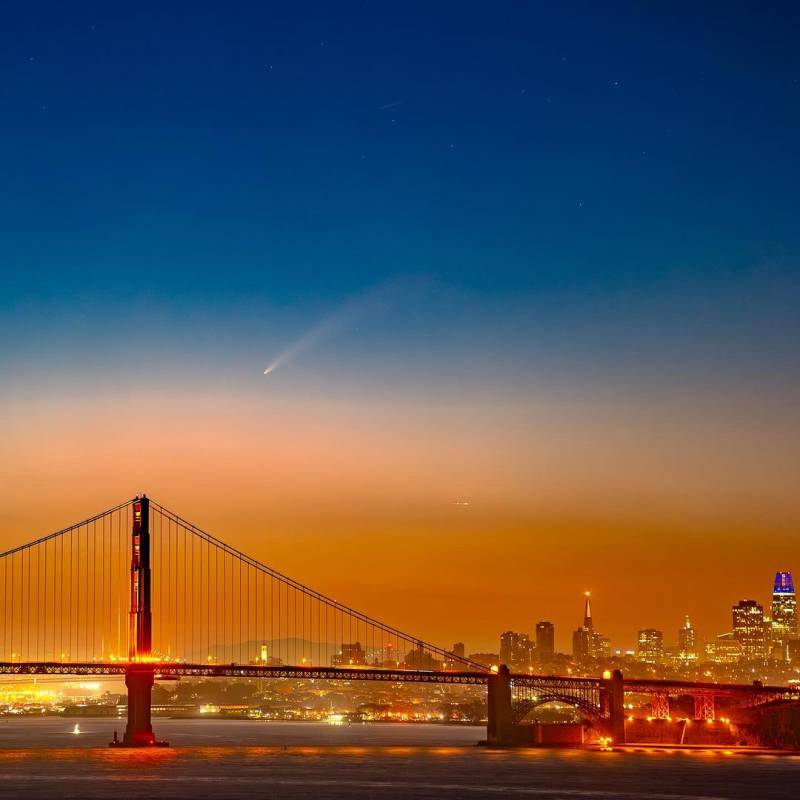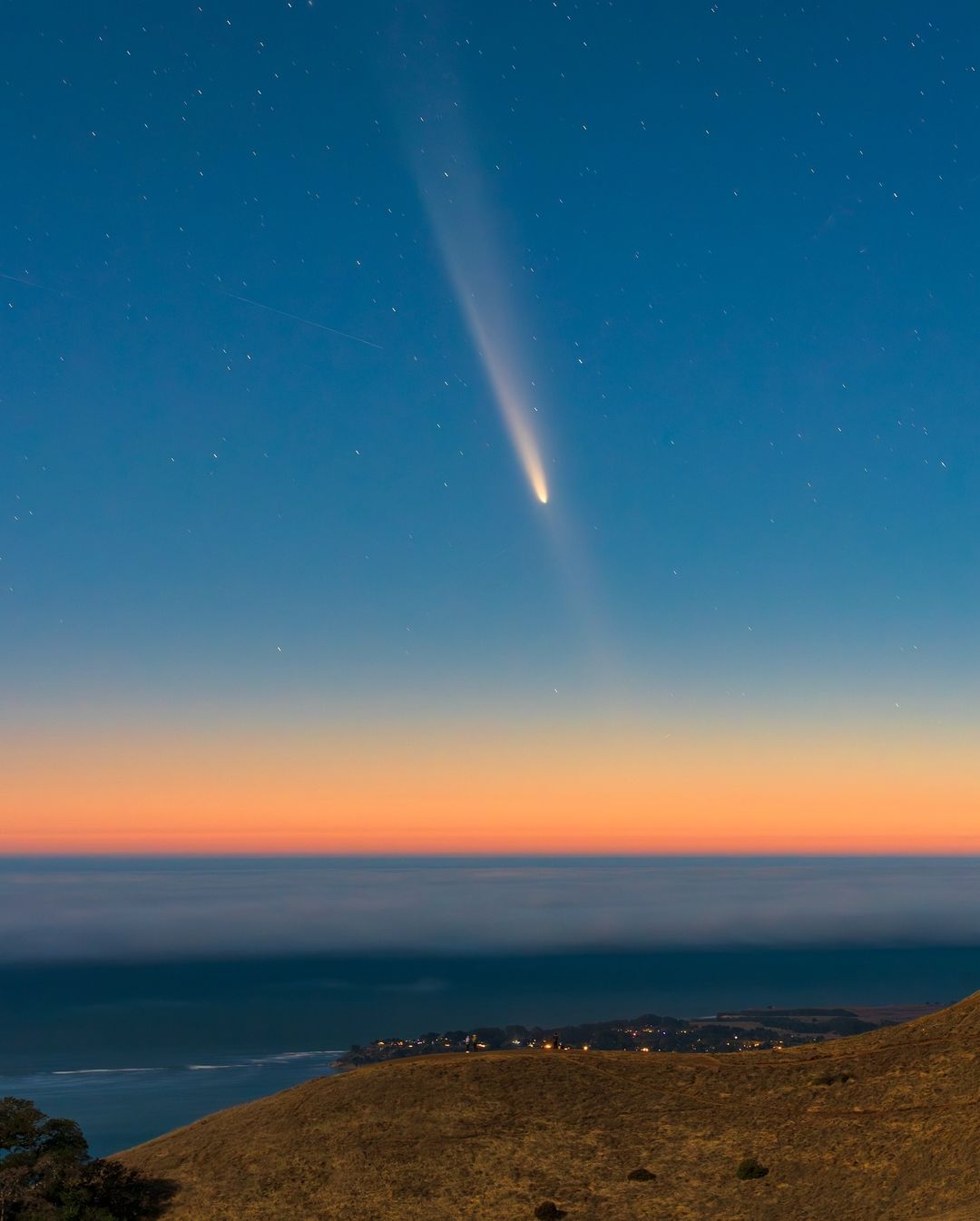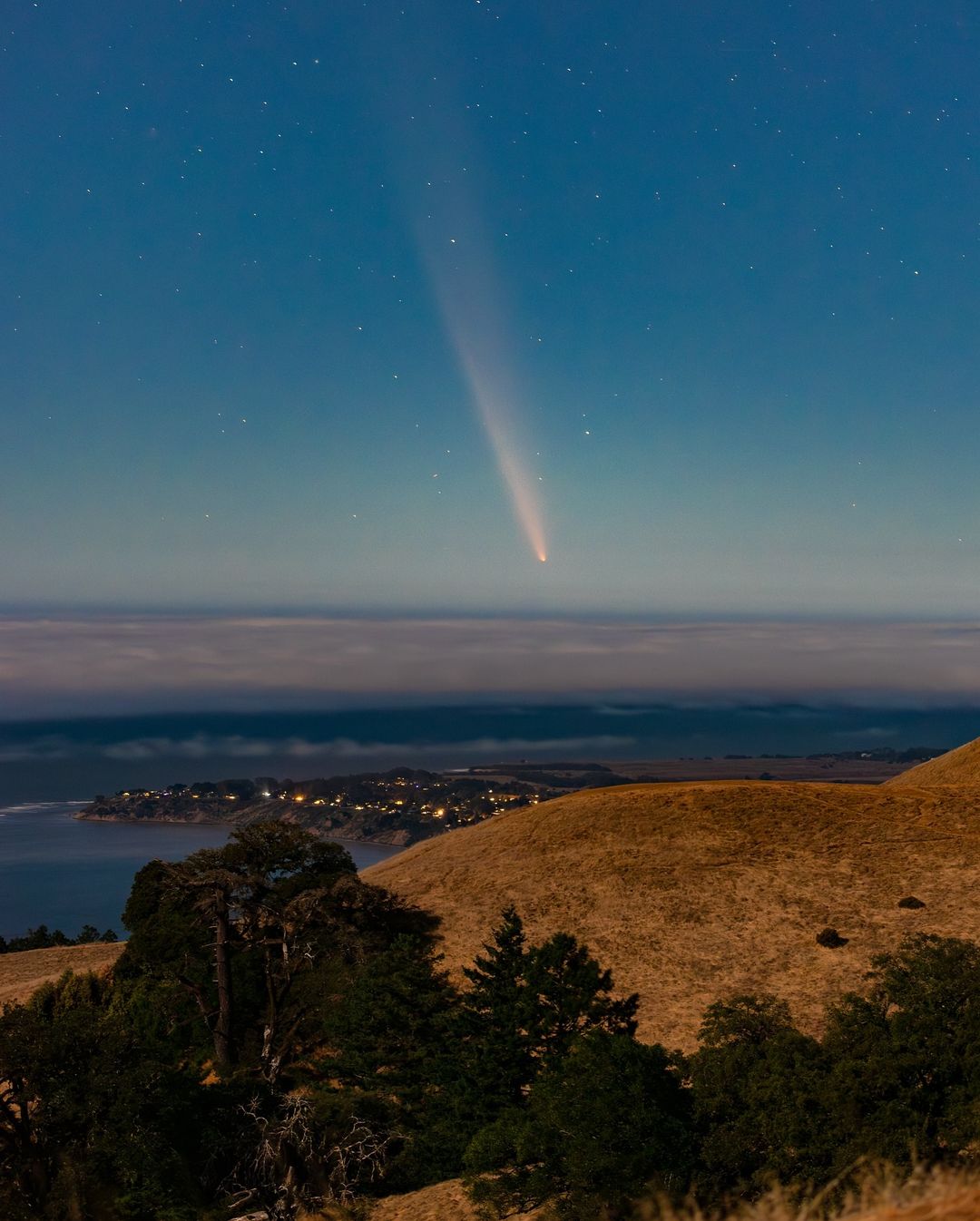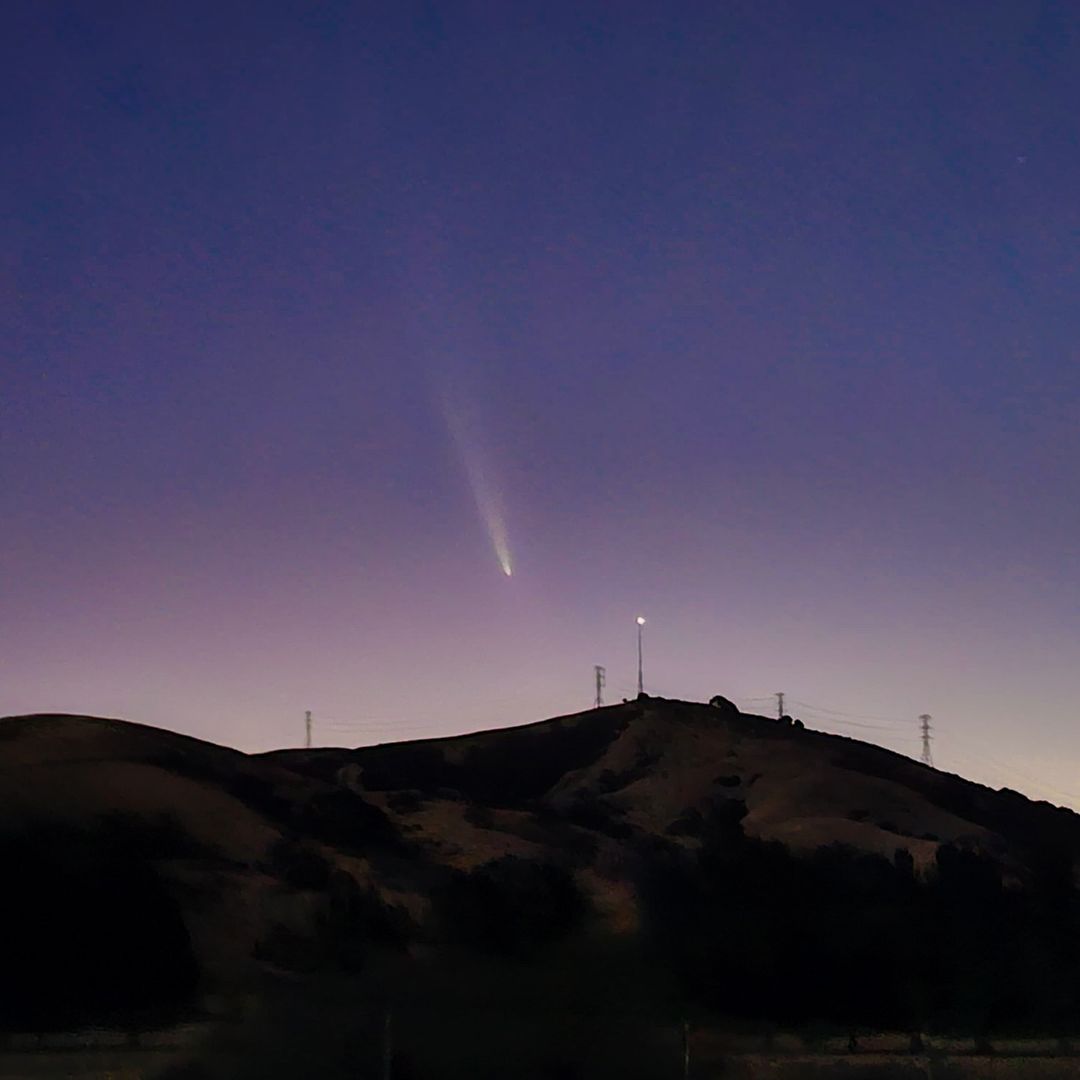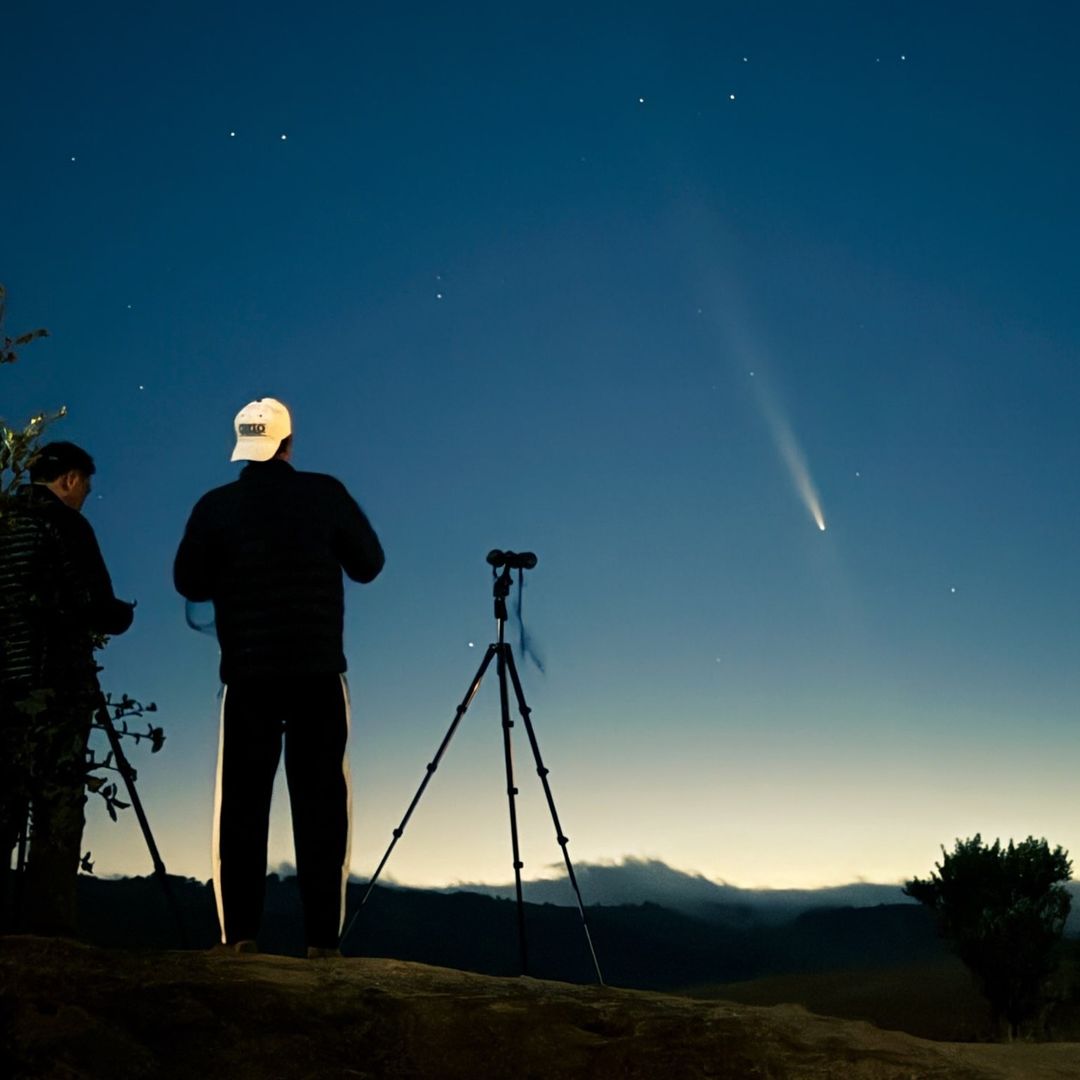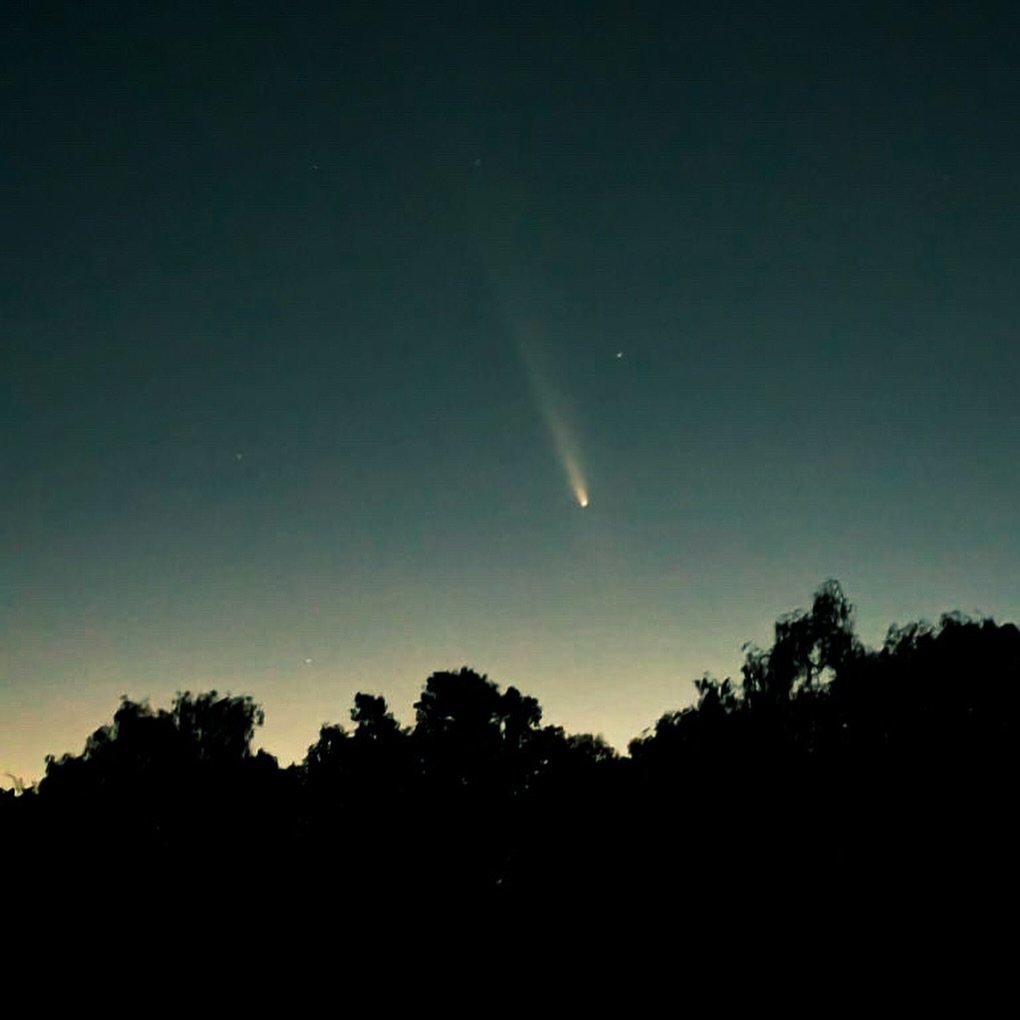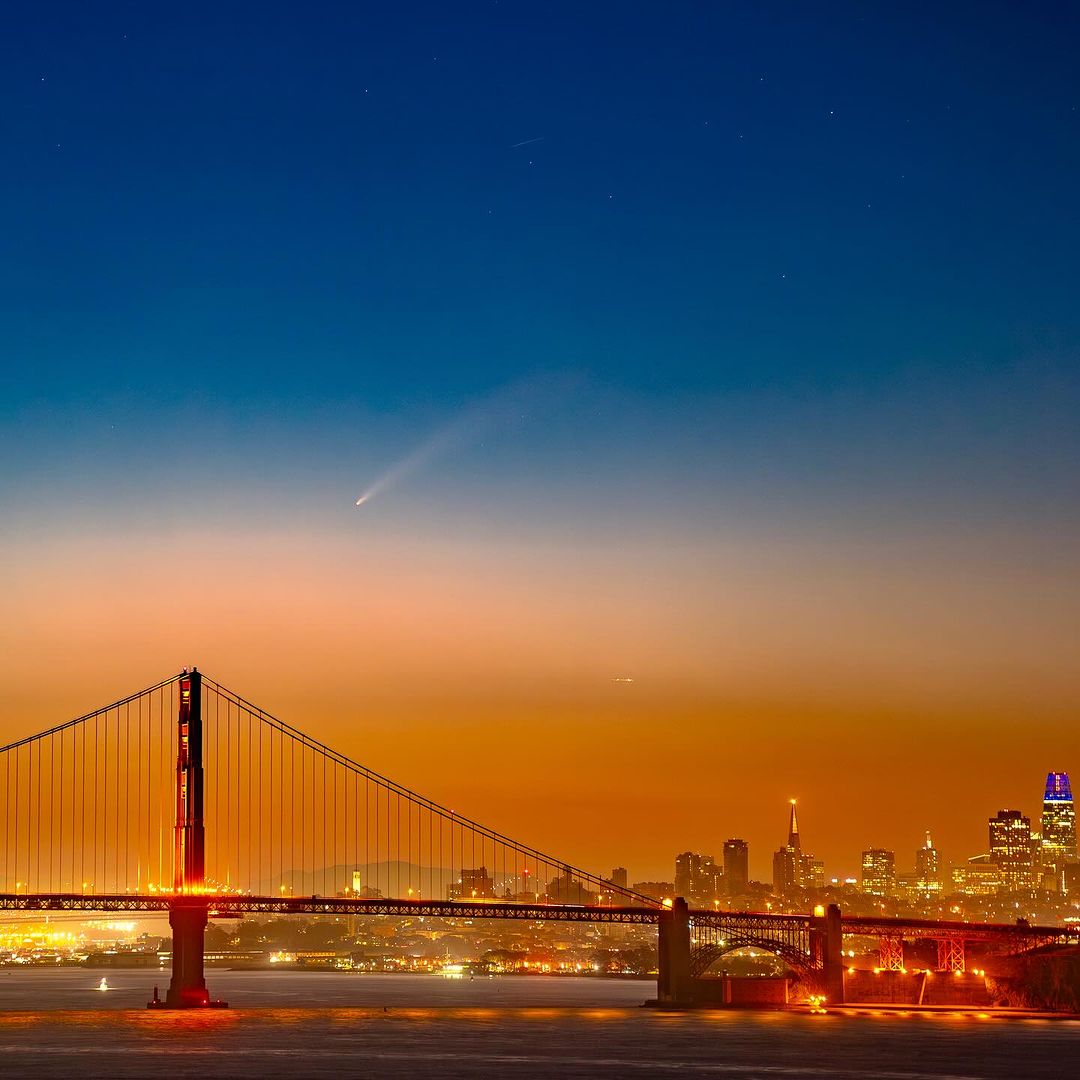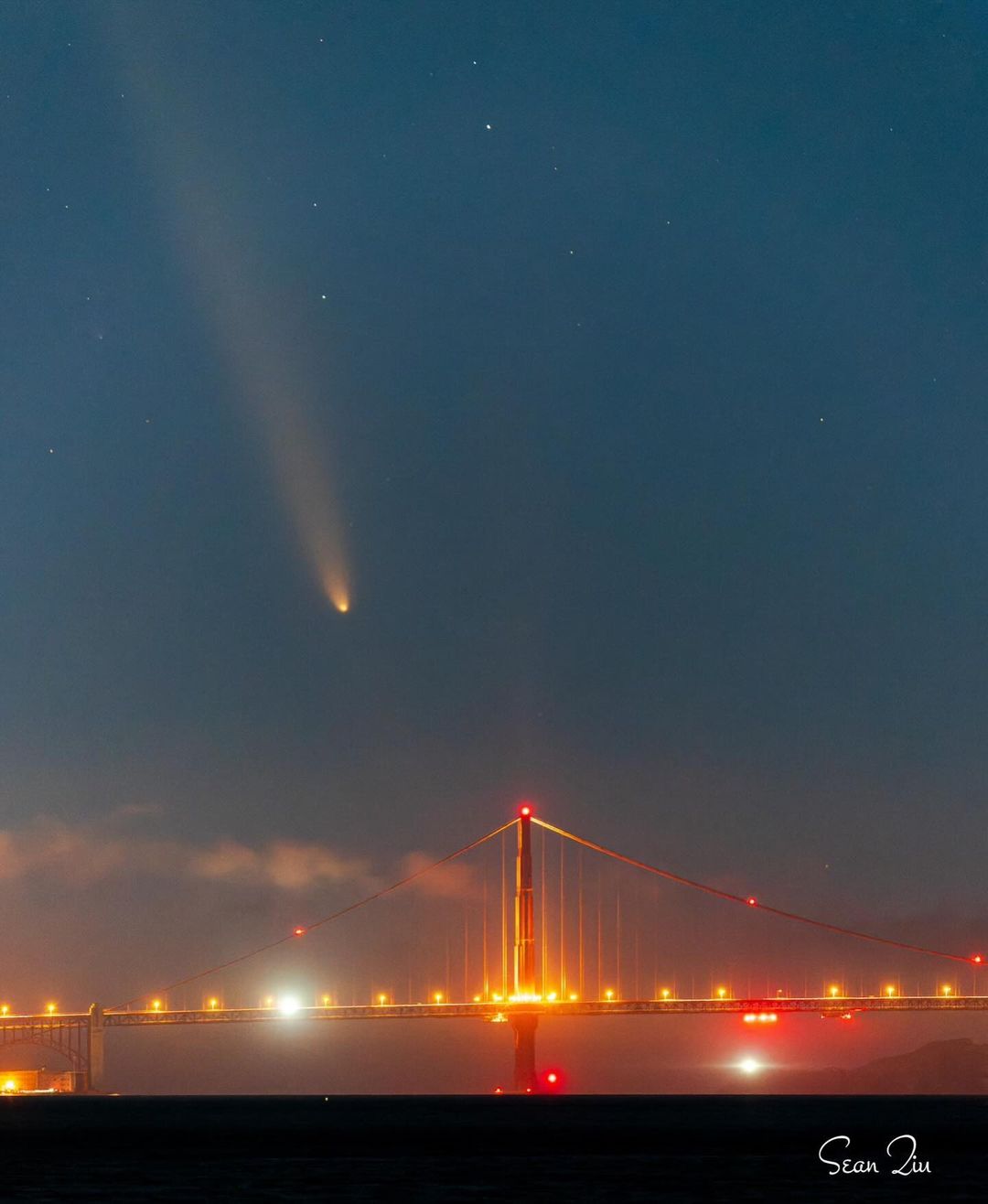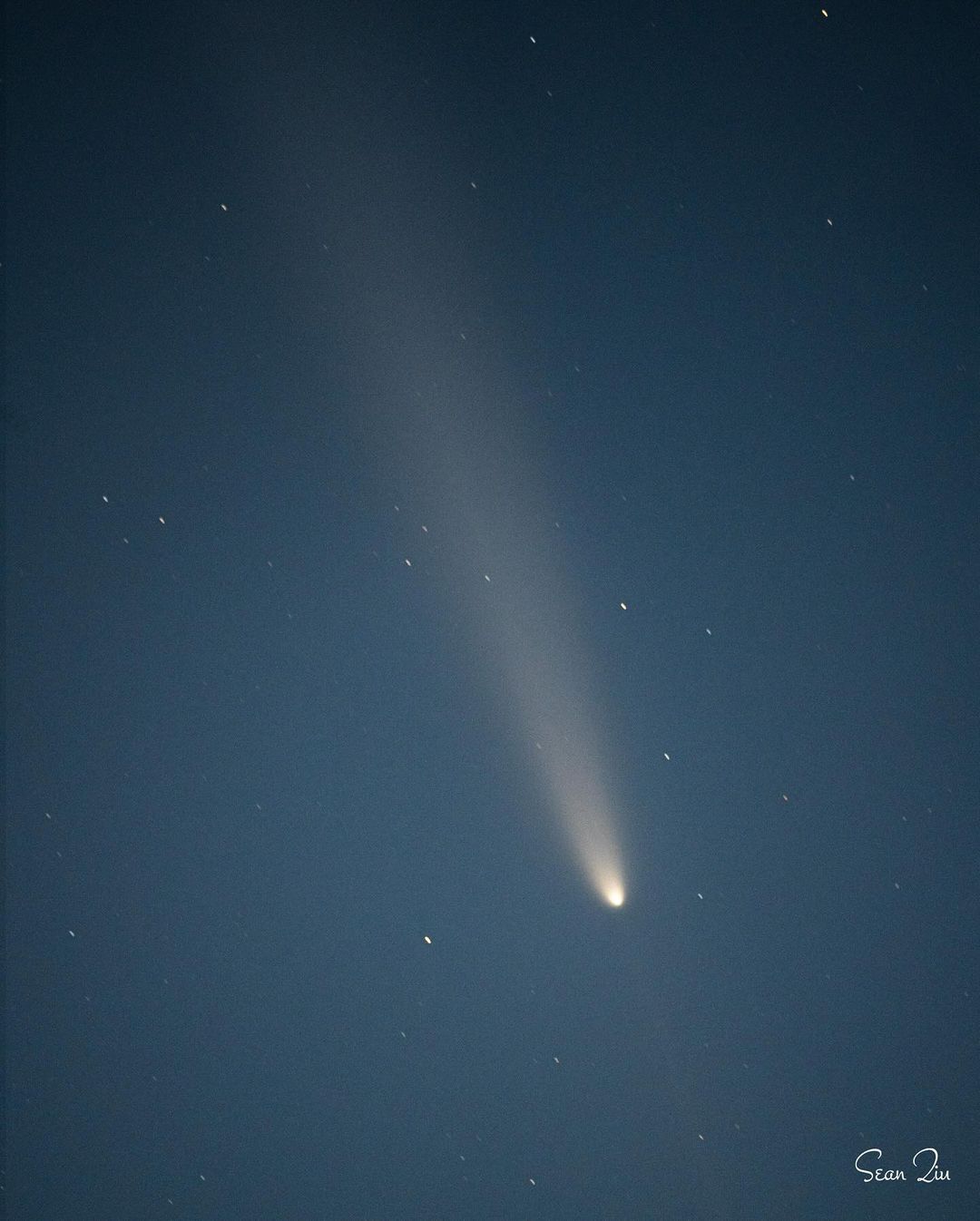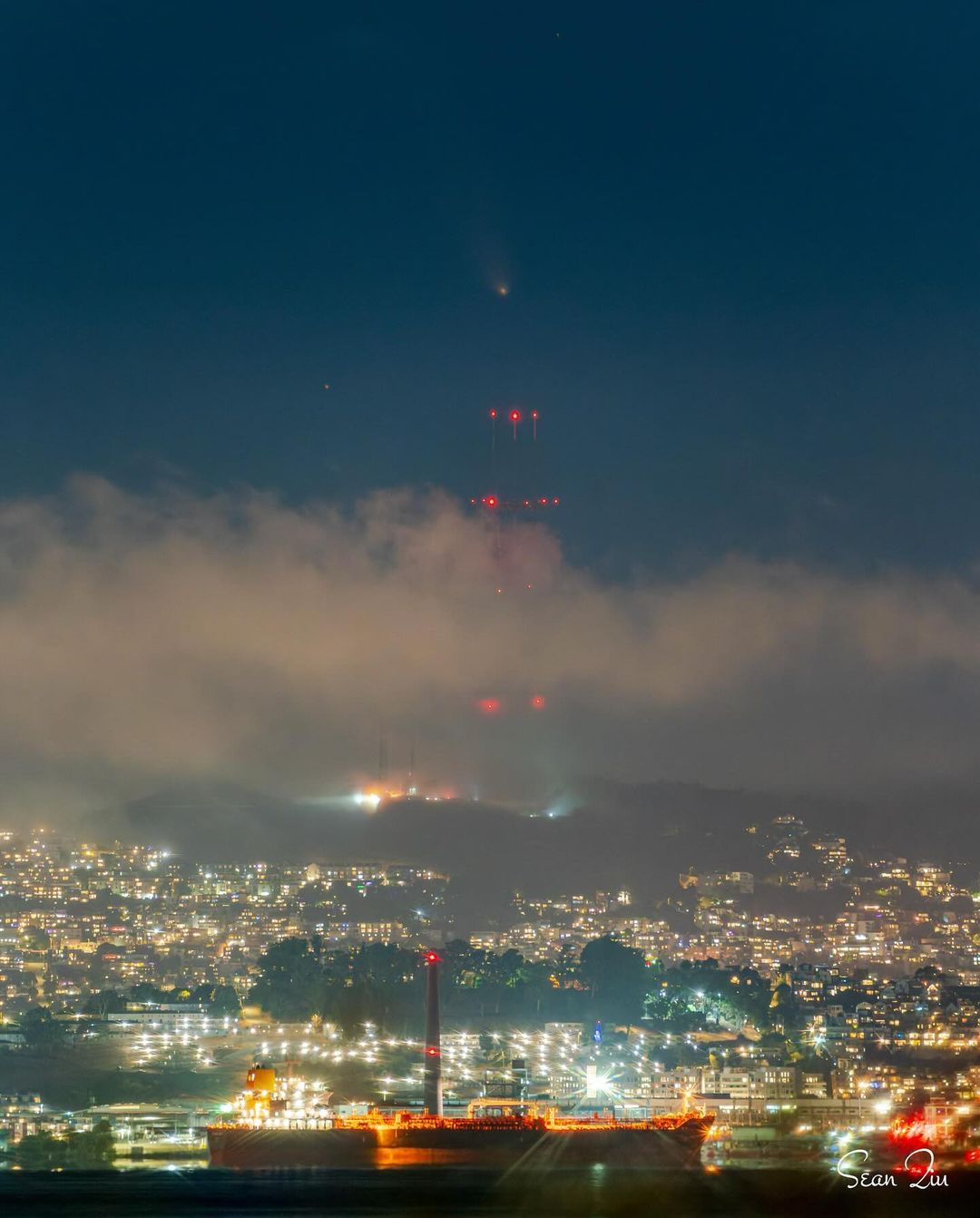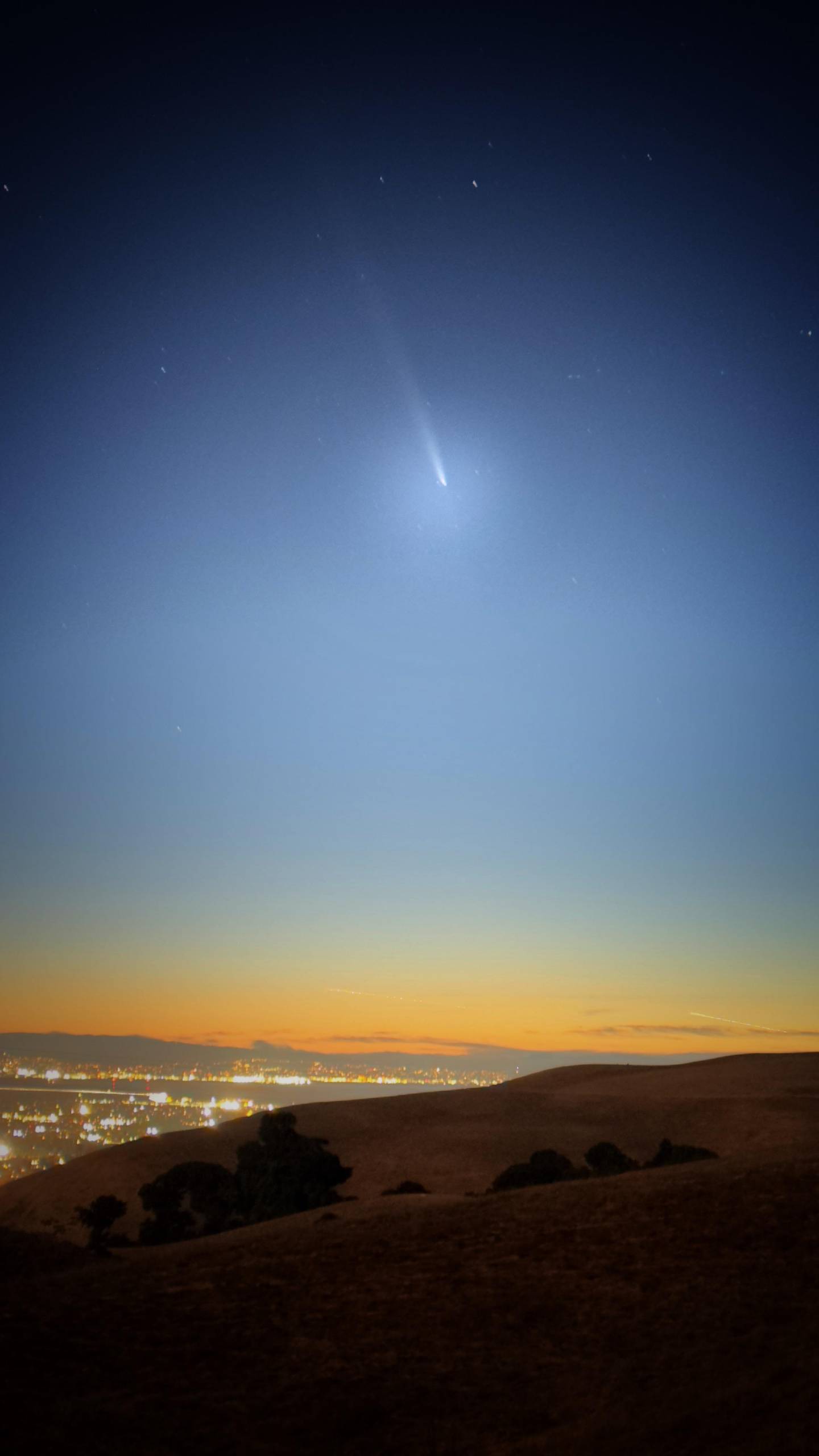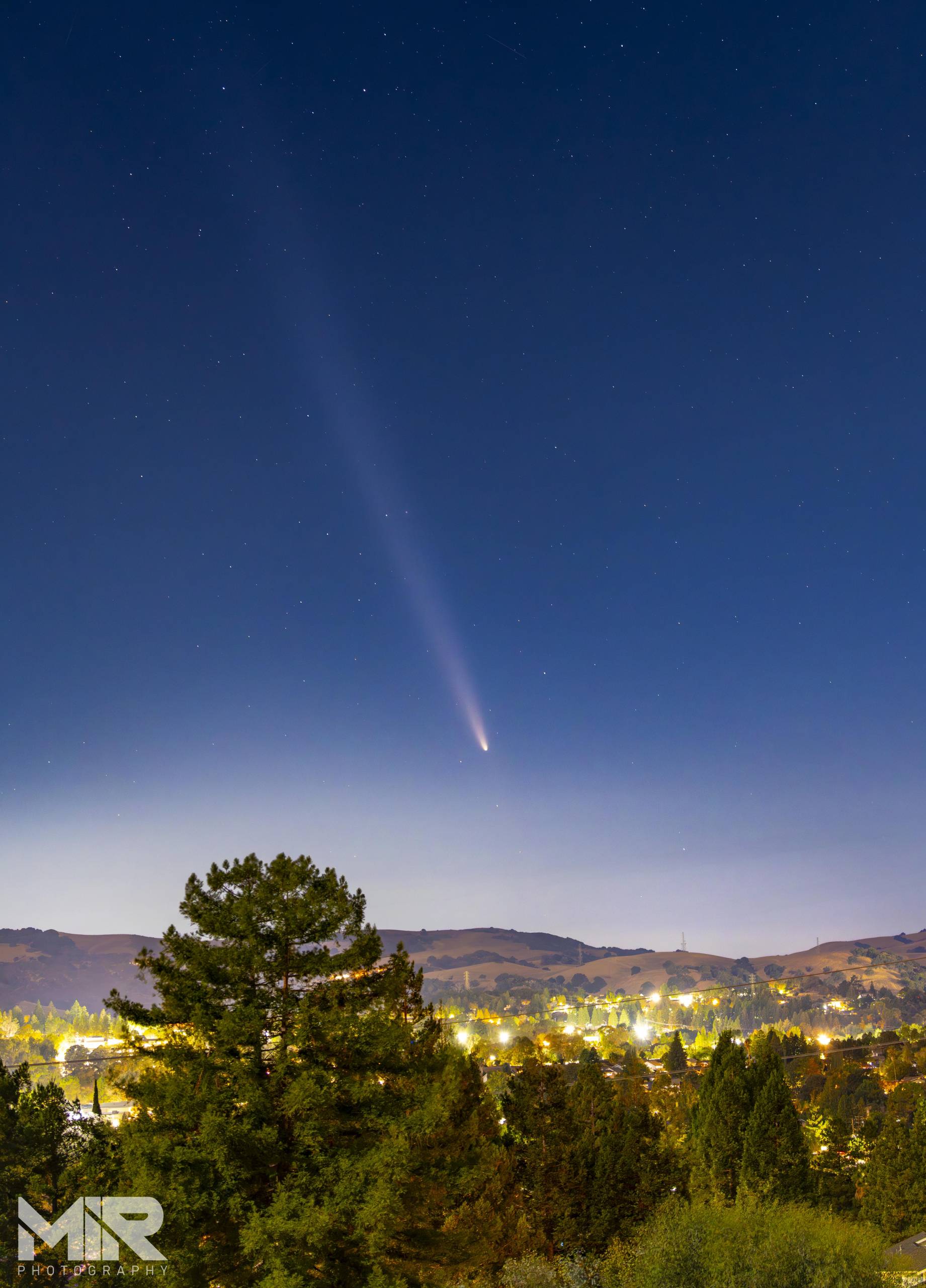This story has been updated.
This year, Bay Area residents have been treated to several rare astronomical events, such as solar eclipses, auroras and meteor showers.
Now, the latest celestial event on display is a “cosmic snowball” — a rare comet that was last visible around 80,000 years ago and that astronomers estimate won’t be visible again for another 80 millennia.
“The last appearance was before written records were made, and the next one may see a very different Earth from the one we have today,” Andrew Fraknoi, astronomer and professor at the University of San Francisco’s Fromm Institute, wrote in his blog post.
The newly-discovered comet is formally known as Comet C/2023 A3 Tsuchinshan–ATLAS, named after the two observatories that first spotted the comet: China’s Tsuchinshan “Purple Mountain” Observatory and the Asteroid Terrestrial-impact Last Alert System (ATLAS) telescope in South Africa.
How to see this comet
This comet, which is reportedly the brightest such comet in 27 years, can be seen with the naked eye from now until the end of the month — although binoculars or telescopes will offer the clearest views.
